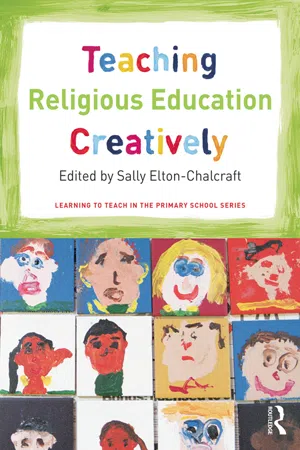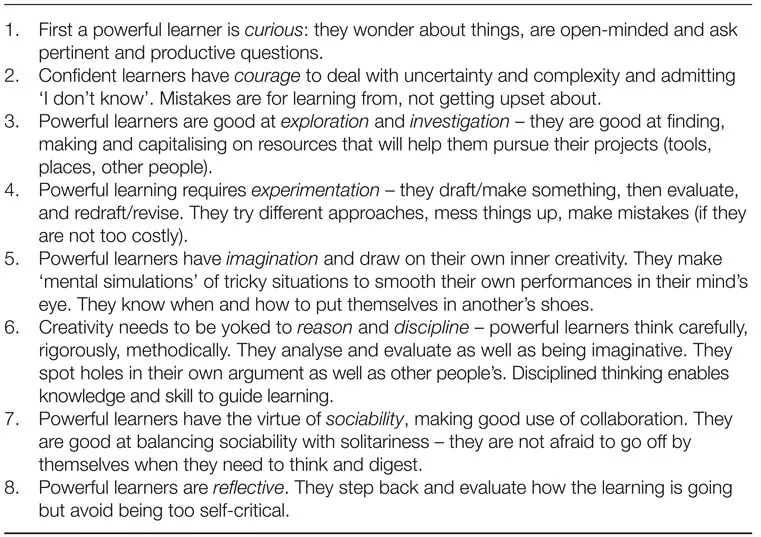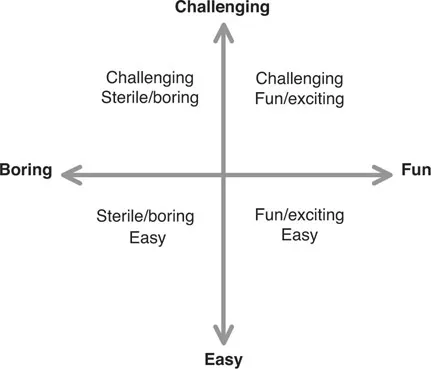
- 180 pages
- English
- ePUB (mobile friendly)
- Available on iOS & Android
Teaching Religious Education Creatively
About This Book
Teaching Religious Education Creatively offers a brand new approach for the primary classroom and is crammed full of innovative ideas for bringing the teaching of RE to life. It helps teachers understand what constitutes a healthy curriculum that will encourage children to appreciate and understand different belief systems. Perhaps most importantly, it also challenges teachers to understand RE as a transformatory subject that offers children the tools to be discerning, to work out their own beliefs and answer puzzling questions.
Underpinned by the latest research and theory and with contemporary, cutting-edge practice at the forefront, expert authors emphasise creative thinking strategies and teaching creatively. Key topics explored include:
- What is creative teaching and learning?
- Why is it important to teach creatively and teach for creativity?
- What is Religious Education?
- Why is it important for children to learn 'about' and 'from' religion?
- How can you teach non-biased RE creatively as a discrete subject and integrate it with other curriculum areas?
Teaching Religious Education Creatively is for all teachers who want to learn more about innovative teaching and learning in RE in order to improve understanding and enjoyment and transform their own as well as their pupil's lives.
Frequently asked questions
Information
Section 1
Teaching Religious Education Creatively
Chapter 1
Introduction
- What is creative teaching and learning?
- Why is it important to teach creatively and teach for creativity?
- What is religious education?
- Why is it important for children to learn ‘about’ and ‘from’ religion?
- How do I teach non-biased RE creatively as a discrete subject and integrated with other curriculum areas?
What is Creative Teaching and Learning?
School CCAF (challenging, creative and fun) and school HEBS (hard/easy, boring, scary)

| CCAF (challenging, creative and fun) school | HEBS (too hard/easy, boring, scary) school |
| | |
| Children and teachers are challenged, have fun and are creative at school. | Teachers and learners find school too hard or too easy, boring or scary. |
| Children possess the magnificent eight qualities of a powerful learner (Claxton 2007; see Table 1.3) – curious, imaginative, disciplined, reflective etc. | Children are unmotivated to learn, get upset when they make mistakes or fail, are bullies or victims of bullying. |
| Teachers enjoy the challenge of planning, teaching and assessing. They have positive relationships with their pupils and find their jobs tiring but rewarding. | Teachers put minimum effort into planning, teaching and assessing. They dominate or are scared by their pupils. They are miserable, feel powerless and only work to pay their bills. |


Why is it Important to Teach Creatively and Teach for Creativity?
1. Better to work and learn in a creative school
2. A meaningful curriculum
Table of contents
- Cover
- Title
- Copyright
- CONTENTS
- List of contributors
- Series editor’s foreword
- SECTION 1 Teaching religious education creatively: aims and principles
- SECTION 2 Creative approaches in religious education
- SECTION 3 Covering controversial issues creatively
- Afterword
- Index